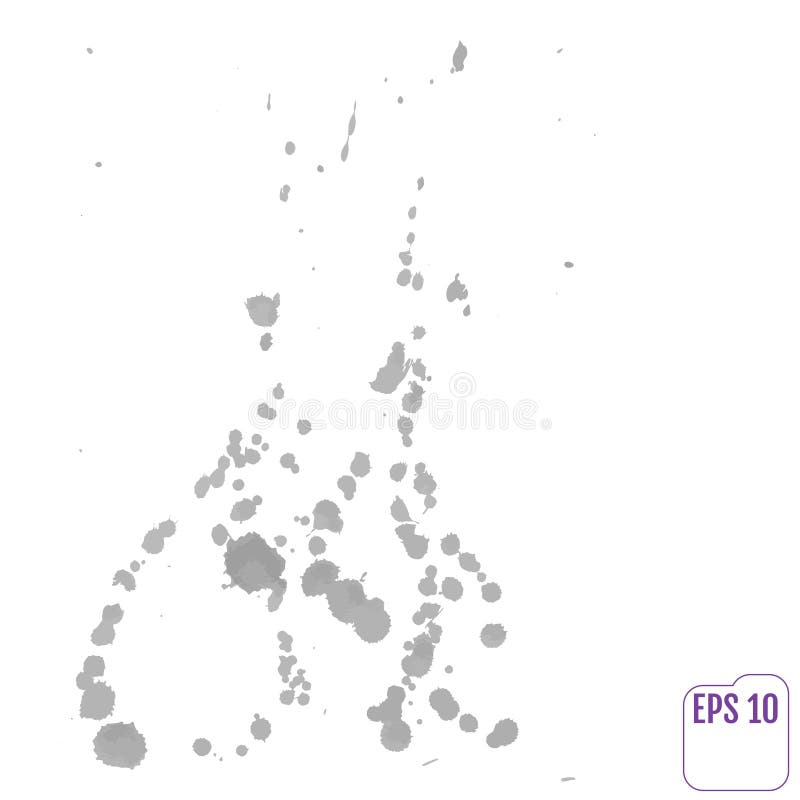
The content is great, well thought out, and useful. He’s since published a book called Unfolding the Napkin which I haven’t read but seems focused on a more workshop approach. I’ll be honest, it felt a bit wordy compared to Sketchnote Handbook, especially for a subject like this.

#SEEING GRAY SPOT IN TAYASUI SKETCHES HOW TO#
Where Mike’s book teaches drawing and visual layout skills, Dan’s shows how to build content which breaks down problems. It’s a very good book with a business and problem solving approach. This is the book to show you that you CAN do it.ĭan Roam’s The Back of the Napkin may be the original visual-thinking-in-business book which got traction. If you buy it, get a physical copy over a digital one. I wholeheartedly recommend this book because of how easy it is to pick up and practice. Has it helped my skills in whiteboarding? Absolutely. Am I doing live Sketchnoting in meetings? Not entirely. His The Sketchnote Handbook is a terrific resource to learn how to do this.

Mike Rohde coined the term “Sketchnote” to describe them.
#SEEING GRAY SPOT IN TAYASUI SKETCHES PROFESSIONAL#
They tend to look natural and professional while maintaining a sense of improv about them. Over the last few years, you may have noticed TED Talks or pictures from meetings with live sketching done over the course of the session. Click that link, watch a couple quick videos, and scribble a little. It turns out that he’s a pioneer in visual thinking and I’ve seen his visual alphabet repeated many times. We swapped a couple emails and I checked out his site. He was drawing a grand picture by hand and sharing it over a WebEx. His overview of our organization was spot-on and his presentation was amazing. Several years ago, I sat in on an organizational culture presentation by Dave Gray. If you think that’s a bit intimidating even, have a look at this TED Talk. Do NOT be intimidated at the thought of drawing until clicking at least the first of those links below. None of this is sponsored, it’s my own experience and what has worked for me. The first will be places to learn, the second is what I’m using. So when asked me to share, I took it to heart. He commented that he was frustrated with drawing digitally and told me that I am making a lot of progress. One of those, Eric Yamamoto, is terrific with a whiteboard or easel. I recently posted that three-year-old blog on Linkedin and got some questions about what I’ve been doing from several friends and colleagues. I’m working with a leaner set of those tools now but I’m better at using them. Interestingly, my quest to expand my skills hasn’t led me to expanding my toolset. I’ve been doing some of this for a while and published an entry on my personal blog about three years ago titled Professionally Geeking Out where I shared some of what I was doing.

Over the last several months, I’ve been working to up my game when it comes to creating visual content for blogging and work.


 0 kommentar(er)
0 kommentar(er)
